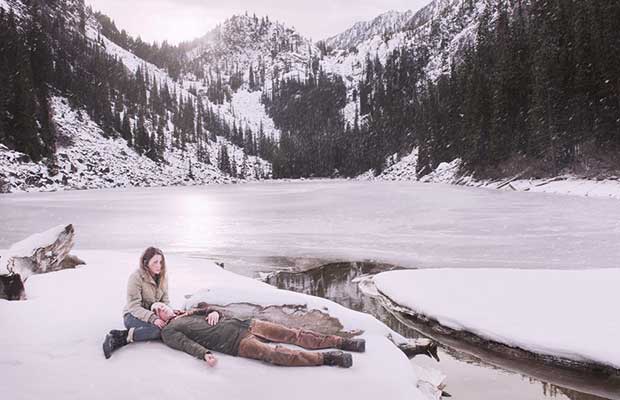Though we all want to live, most of us do not have the skills to conquer a world where the adage “Survival of the Fittest” is a daily task. We have been too complacent with the idea of comfort that a slight inconvenience is enough to make us jump, be depressed, or worse, find ourselves in a life-threatening encounter. A single power outage or a couple of days of being submerged in murky flood water is enough to send us into a sphere where we fear for our own lives. How will we react and retaliate should we find ourselves in the wild with nothing but our guts and our survival know-how’s?
As uncertainties that are man-made and natural come more and more often, even newbies in the game of prepping can take considerable strides in building their survival strategies. In the wild, a small misstep or miscalculation is enough to cause you to lose your life in a matter of seconds. More importantly, studies have shown that more than incurring accidents, deaths in the wild are often caused by lack of information, preparedness, and proper execution. Even the U.S. Military adheres to the notion that surviving the wild is a decision; meaning it is bound by consistent sets of going with the best survivalist options.
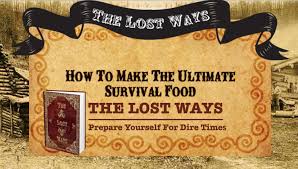
Camp out and swim about
Begin befriending the wild by setting up a camp trip or a hike with your family, friends, or even a group of people you barely know. This way, you get a firsthand experience about going beyond the comforts of your home. Do your research about this trip, and plan your essentials with the least possible items so that you will be able to move more easily and faster, too. Aim to house all the things you need in a carry-all, waterproof backpack. While you may not realize it, being outdoors is way better than reading mountains of books and sources in the survivalist game. Before setting out, get to take a number of laps in your pool or a nearby body of water. The ability to swim is a newbie survivalist’s skill that can spell doom or boom in this game.
Pack wax for building a fire fast
Fire is scientifically proven to give off a sense of security and safety, so you would have to master the manner by which you can build it fast. Waterproof matches are widely available, however, you still need something else to build fire to keep you warm, and to be able to cook food and boil water. An easy way to make this feat possible is by toting cotton pads dipped in wax or filling Altoid tins with cardboard and wax. Apart from being an emergency light source, it could also ward off animals in the wild that may lurk in your territory.
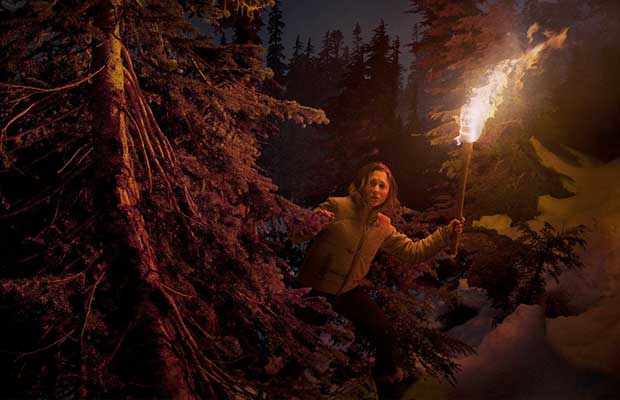
Hold that high-proof alcoholic drink
More than an enjoyable drink should disaster strike, an alcoholic drink above 90-proof is highly flammable and a favorable ally in sterilizing cuts or wounds. It may even be used as a bug repellant, an anesthetic to toothache, a facial astringent, and relieves sting from poison ivy. To ensure that your alcohol supply will serve its purpose, store them in a cool, dark place. Make sure that you don’t open them as it will lose its strength after six to eight months.
Counter hypothermia with bubble wrap blanket
Instead of lugging three cotton blankets for insulation, score a bubble wrap with the size of a blanket. The air bubbles that makes up this household packing material has been proven to insulate a person better by up to 70% more than thick blankets. Hypothermia is very likely to happen when you’re in the middle of a cold, usually open area. Not being able to address this readily and properly will result in loss of consciousness, and may even lead to death, before you know it.
Power up an AA battery compartment with AAA batteries
Disasters usually bring power outage, and you would have to rely on battery-powered radios and emergency lamps. Should you run out of AA batteries, you can simply stick aluminum foil that is rolled into balls to fill the gaps left by AAA batteries.
63 one-gallon bottles of water can save a group weighing 500 pounds
While you still have time, perfect your skill in building a raft out of empty water bottles. Make sure that the bottles have the same size so that they fit well together. It is important that you determine the number of people who are going to be on the raft for this to be successful. The rule of thumb is that you would need a single bottle that houses one gallon for every 8 pounds. For a group of individuals with a collective weight of 500 pounds, for instance, you would need to get hold of about 63 one-gallon bottles with lids tightly placed.
Plan how you will use the bottles by keeping in mind that you need to have 3 or four layers to build a raft. The base should be widest and must be secured with waterproof tape horizontally and vertically. The other layers should be slightly smaller so that the raft will stay afloat. Once done, try it out on a pool or a body of water.
Defend yourself with your house keys
While it is highly advisable that you formally learn self-defense through martial arts or even holding a gun, a lot of people either have no time or find it unnecessary to learn these survival drills. Adults, children and even elderly family members can put house keys in their fists as they get ready for a possible attack once disaster and unrest kicks in. Other household self-defense items are scissors and pepper sprays from your trusted alarm system store. Arming yourself without arousing suspicion is a must in surviving the wild. You surely don’t want uncalled for attention as you plan your evacuation, or head out to your secret destination, right?
Watch out for dogs gone wild more than venomous snakes and other animal attacks
Having to figure out a way to escape a snake is one stereotypical scene in the survival game. Snake bites from venom comprise of 7,000 to 8,000 medical incidences yearly. A sting from a box jellyfish on the other hand, can cause fatal cardiac arrest when left untreated. If you think slathering insect repellant is a task you can do away with, think again. Bug lotion actually decreases your chances of being one of the 200+ million malaria victims, annually. The most surprising numbers though in animal attack department comes from the staggering 4.5 million cases that account for dog bites in the U.S. on yearly basis.
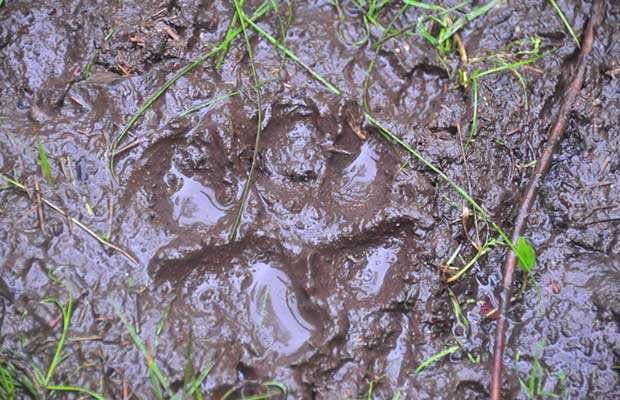
Bleach and condoms can secure your water supply
78% of the human body is composed of water; hence you must prioritize this in your ride with the wild side. Should you be in the middle of nowhere and happen to fish a condom out of your bag or pocket, consider yourself lucky. A single condom can hold one-day supply of water. Seek water from springs and even collecting morning dew found in grass. Following grazing animals near dusk and dawn are also ways to get to a place where you can get decent water.
If you are still packing your bug-out pack, bring household bleach with you. The Centers for Disease Control and Prevention (CDC) recommends that you can purify water with using a couple of drops of bleach. Before re-hydration, let the water sit for about 30 minutes to ensure that the bleach has dispersed well.
Want more protein? Try insects
Crazy as it may sound, edible insects are packed with 65-80% protein – a far cry from the 20% protein requirement that beef can give. Not bad for 4 species for every 1 human being, right? If you can go past your food preferences, you’d have more than your fill since insects are easier to hunt and locate. For those who are convinced, a good way to jump-start this emergency food plan is to get your palette acquainted with exotic food finds that have bugs in them. Critters, scorpions and even ants are some of the popular tummy-friendly food choices you can befriend and hopefully, love.
Go for to-go food to set your “Survive and Conquer” mood
Truth be told, food is one thing that even seasoned preppers worry about and seriously work for. While the protein-content of insects sounds inviting, we cannot seem to find the strength and motivation to dig into them. For newbie (and even seasoned) preppers, compact backpacks packed with an ample, generously portioned food kits is a practical, and highly manageable way to be able to survive and conquer the wild. Food not only replenishes the energy we need to run around and stay on top of the game.
A totable food storage guarantees a newbie survivalist that while s/he may have to go unimaginable lengths to make it to another day, s/he can find a little time for comfort, and a tiny window to let the stress subside. By seeking the aid of survival food kits, novice preppers would be able to focus more on getting their safety gears in place rather than having to be overwhelmed, and left hanging with the long list of a survivalist’s concerns.
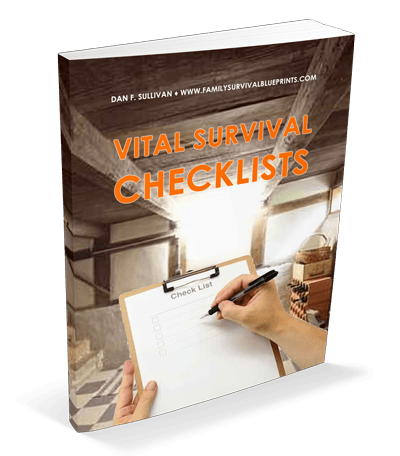
Live the ‘Survive and Conquer’ lifestyle, one day at a time
Being a prepper is no longer confined to people who are building larger than life underground shelters, or those who seriously secure their food storage that will last for more than two decades. Even newbies are now getting the hang of being a prepper as it is transforming into a lifestyle and a necessity; rather than an idea that is far-flung and overrated. These really easy and handy tips that novice preppers can look into and learn from in order to increase their chances of making it through the world of the wild. As newbies, it is best to start with the most basic and most familiar prepping lessons that will make your survival story a more attainable reality.
source : John Anderson

